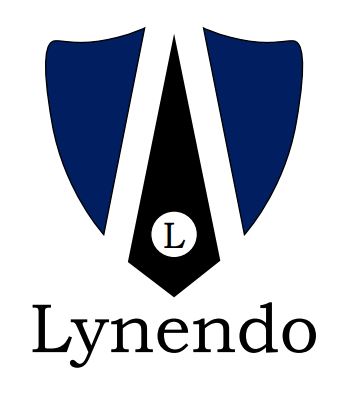An embroidered badge is where the design is stitched on to a piece of fabric so the stitching is raised above the fabric.
A Woven Badge is distinct from an embroidered badge because the design is woven in to the actual fabric.If you require a lot of detail in your design you may wish to consider a woven badge. The edges are often overlocked to stop edge fraying.
Enamel badges can be domed with epoxy resin to give it a specially gloss coverage and can enhance a detailed design. There are also many attachments available for an enamel badge such as a safety pin brooch, butterfly clutch, stick pin and cap, cuff link, magnetic back, tie bar, tie tack or a key ring.
Sew on badges are self explanatory and can be easily sewn on by machine or hand. They are a bit more flexible than other badges with a backing.
Velcro (hook and loop) can be supplied as one part or two part. Some uniform already has one of the parts (loop) to receive the badge. A two part hook and loop badge – obviously the receiving part of the system has to be sewn on to the garment. These are used when there is a frequent change of badge for a particular uniform or costume.
Self adhesive backing is a non-permanent option and is usually used for a single event. It is a strong adhesive but won’t survive a wash cycle. For a permanent application sew-on is the best solution.
Laser cut edging is exactly as it sounds. The laser precisely cuts around the shape, singeing the edges to minimize the potential for fraying.
An overlocked edge sometimes known as merrow which is a stitching to finish off the cut edge to stop it fraying. This is usually 3mm – 4mm wide. Usually a sew on badge is stitched on to the garment through the overlocked border.
